LW360 Blog
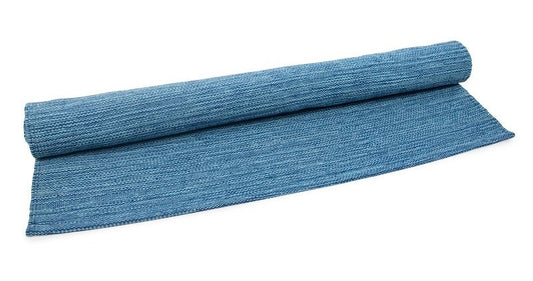
Sustainable Yoga Mats: The Ultimate Guide 2022
Yoga isn’t just any exercise. It’s a way of living centered on non-violence and peace. Rooted in ancient India, yoga encourages striking a balance between mind and soul while building...
Sustainable Yoga Mats: The Ultimate Guide 2022
Yoga isn’t just any exercise. It’s a way of living centered on non-violence and peace. Rooted in ancient India, yoga encourages striking a balance between mind and soul while building...
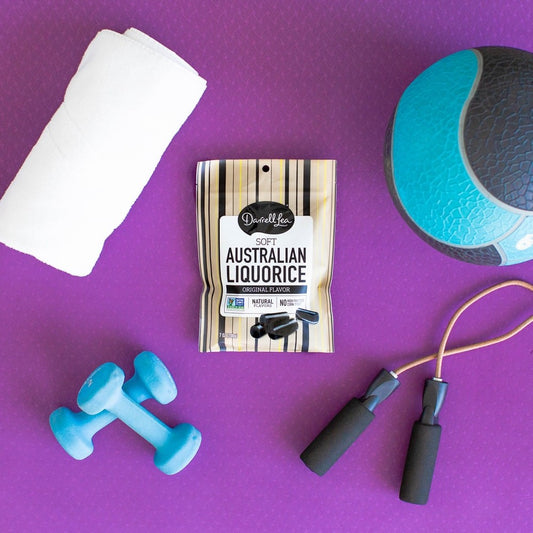
What Makes a Good Gym Bag?
When you leave the house on a workout day, you likely check to make sure that you have everything – wallet, keys and gym bag packed and ready to go....
What Makes a Good Gym Bag?
When you leave the house on a workout day, you likely check to make sure that you have everything – wallet, keys and gym bag packed and ready to go....
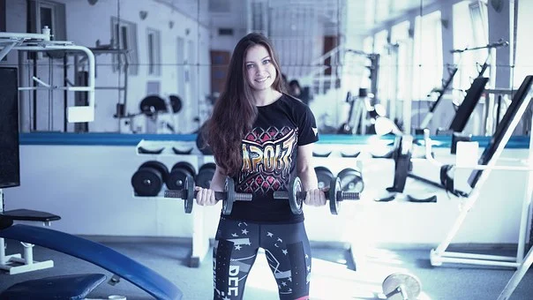
Tote Bags! So Many Styles – So Easy to Find – S...
It’s no secret that the right bag makes things a lot easier. Nothing makes the day more stressful than not having everything handy, regardless of the planned activities. Gym tote...
Tote Bags! So Many Styles – So Easy to Find – S...
It’s no secret that the right bag makes things a lot easier. Nothing makes the day more stressful than not having everything handy, regardless of the planned activities. Gym tote...
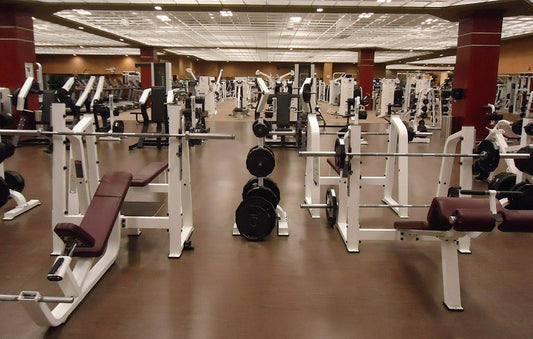
Gym Etiquette: Why Some People Carry a Small Gy...
Have you noticed that there are always people who have a small gym bag with them as they move throughout their workouts at the gym? Have you ever wondered why...
Gym Etiquette: Why Some People Carry a Small Gy...
Have you noticed that there are always people who have a small gym bag with them as they move throughout their workouts at the gym? Have you ever wondered why...
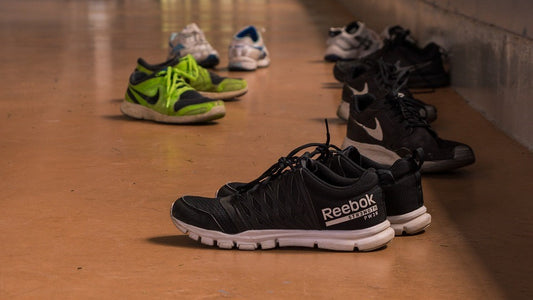
Smelly Workout Sneakers? Here’s How to Pack You...
There’s nothing worse than finishing your workout, getting dressed for the day, and realizing that the smell from your gym sneakers has gotten into your clothes. Yuck. Don’t worry, we’ve...
Smelly Workout Sneakers? Here’s How to Pack You...
There’s nothing worse than finishing your workout, getting dressed for the day, and realizing that the smell from your gym sneakers has gotten into your clothes. Yuck. Don’t worry, we’ve...

5 Exercises to Start When You Haven’t Worked Ou...
Between work, chores, and other daily duties, who has time to work out? You probably start the week with good intentions, but life gets in the way and you spend...
5 Exercises to Start When You Haven’t Worked Ou...
Between work, chores, and other daily duties, who has time to work out? You probably start the week with good intentions, but life gets in the way and you spend...
